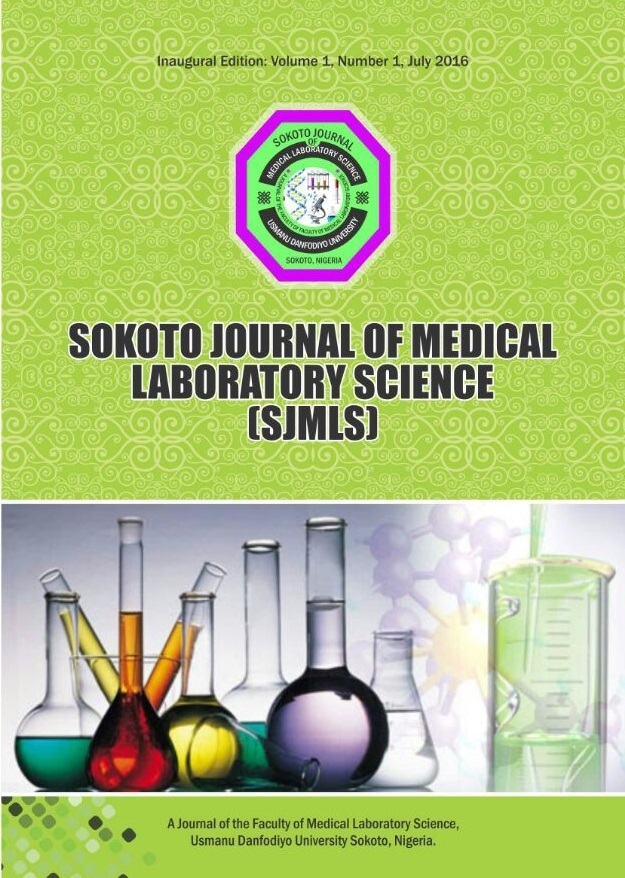Prevalence and Diversity of Human Intestinal Parasites in Primary School Children in Katsina, Nigeria.
Keywords:
Children, Intestinal parasites and Prevalence.Abstract
Human intestinal parasites have always been a major health problem in the developing countries. There is paucity of information on the prevalence of intestinal parasitic infections in Katsina City, Katsina State, Nigeria. A cross-sectional survey on intestinal parasitic infection was carried out on 412 primary school pupils of between 6.0-8.5 years old, within Katsina city. A well structured questionnaire was administered to the pupils with the help of their teachers.The aim was to identify the types and distribution of intestinal parasites in school children. Stool specimens were collected from the participants and analysed using a standard technique. The data obtained were analysed using Chi-square (χ2 ). The overall prevalence of intestinal parasites found was 34.7%. Entamoeba coli (18.6%), Tricuris trichiuria (12.1%), Ascaris lumbricoides (13.9%), Taenia saginata (15.2%) Giardia intestinalis (14.3%), Entamoeba histolytica (13.1%) and Enterobius vermicularis (12.9%). Entamoeba coli (18.6%) had the highest prevalence, while Trichuris trichiura (12.1%) had the least occurrence. Our findings showed no significant difference in parasitic infections between males and females, the age of these children and their respective classes. In all the subgroupings, there was no statistical significant difference at p- value ≤ 0.05. The results showed that children are prone to parasitic infection early in life. Need for control is emphasized.




